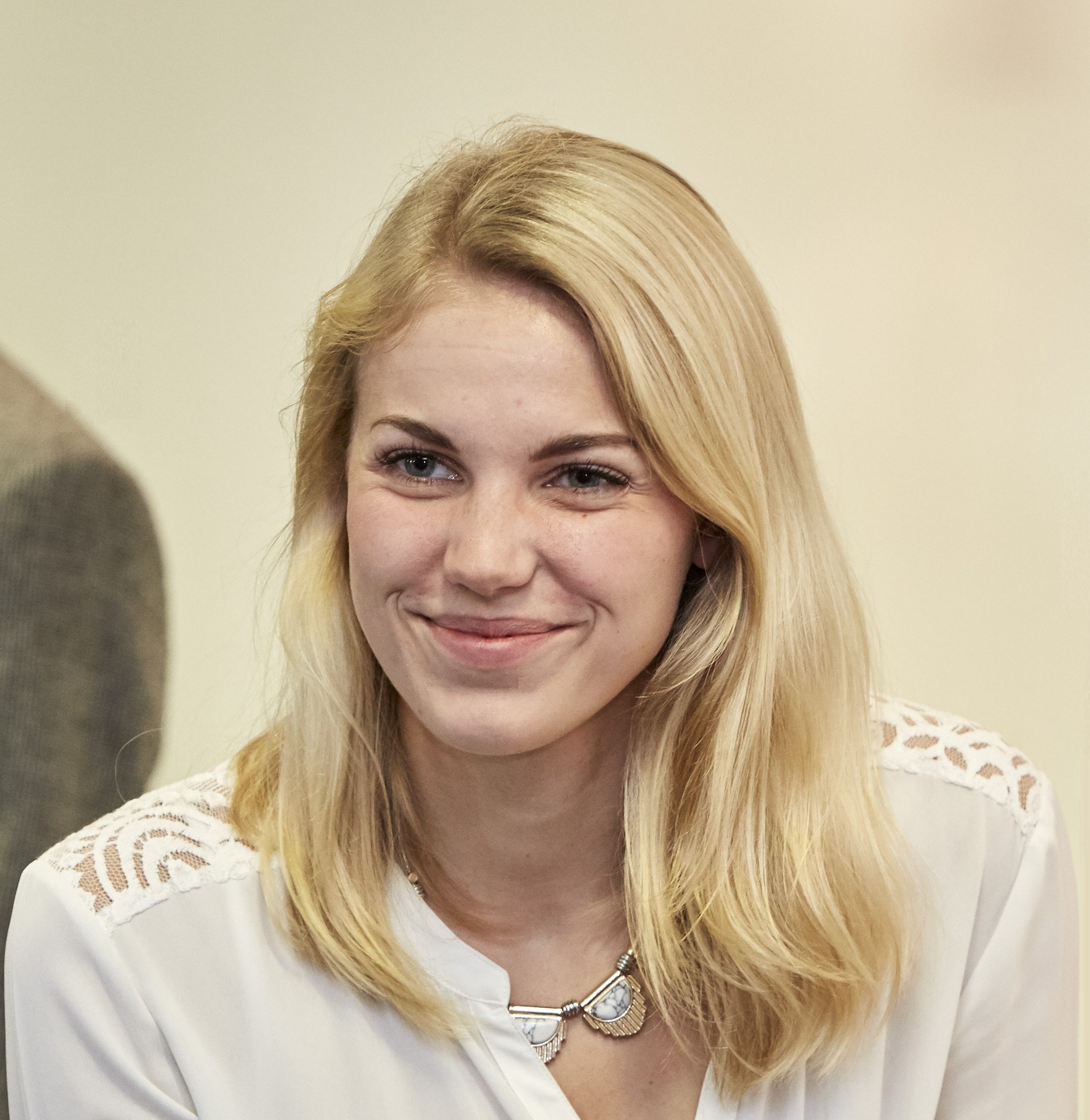My Research Project; the good and the not so good - Amy Contreras
Written by Amy Contreras

What research project you selected and its impact?
I chose my research project primarily because I was interested in using my interdisciplinary scientific background to work towards a ‘real world’ problem. My project was sponsored by industry, so the project aim was to perform a proof of feasibility study on a product concept. The product concept was based upon using a ‘light-activated’ antimicrobial polymer scaffold which could assist with the regeneration oral soft tissue. Throughout my project, I systematically tuned my scaffold formulation and structure in the hope to achieve a product which would be non-toxic to cells whilst simultaneously being capable of killing bacteria when the scaffold was light activated.
What approaches did you take/ were there any setbacks?
During my project, I hit all of the issues commonly mentioned by PhD students. At certain points, the laboratories and equipment which I needed to use were not available, and the experiments which I had carefully designed didn’t go to plan. To balance this out, there were also many good days where experiments ran (sometimes unexpectedly) smoothly. In the end, I did manage to elucidate a scaffold formulation which demonstrated the ability to be non-toxic to cells but did kill some bacteria. My project provided evidence that this concept could work in a laboratory environment using model bacteria and a model light system. However, more validation and optimisation work would be needed before the prototype scaffold was ready for use in a clinical setting.
How did your research help to sculpt your future plans/ career?
Going through this process of developing a product aimed for clinical use solidified my passion for translating research into tangible commercial outputs. My industrial supervisor gave a useful insight from a non-academic point of view, such as prioritising the use of reagents which already had regulatory approval, and the consideration of incorporating standardised testing techniques in my experimental designs.
Your current role and research interests?
This enforcement of my interest in the ‘commercial side’ of science led me to pursue my current role, which is as an Intellectual Property and Commercialisation Officer at the University of Leeds, which I begun in September 2019. I am really enjoying the opportunity to meet academics across various departments at the university, discuss their research, and assist them with progressing their research results along the process towards becoming tangible products or services.
What was the highlight of the programme, benefits of a DTC/CDT over a standard PhD etc?
The major advantage of the CDT for me was the flexibility to shape the programme as I desired. In the first year, I completed self-selected modules which allowed me to study new theory and techniques in engineering and biology. Many of these skills proved useful later on in my research project. When conducting my research, I worked across five different departments at the university due to the diversity of my project. This gave me the opportunity to network with other students and academics and use a variety of experimental techniques. We also had access to funding to arrange external placements. I used this funding to travel to the USA (University of Massachusetts Amherst) and the University of Sheffield to gain experience in other research environments.
Do you have any advice to give the CDTs students still completing their research project?
The only advice I could give to any current CDT students is just keep going. A PhD has inherent ‘highs’ and ‘lows’. At certain points it can feel as though you are stuck in stubborn ‘rough patch’, but if you power through and reach the end, you will have made an original contribution to your scientific discipline which is an amazing feeling.
